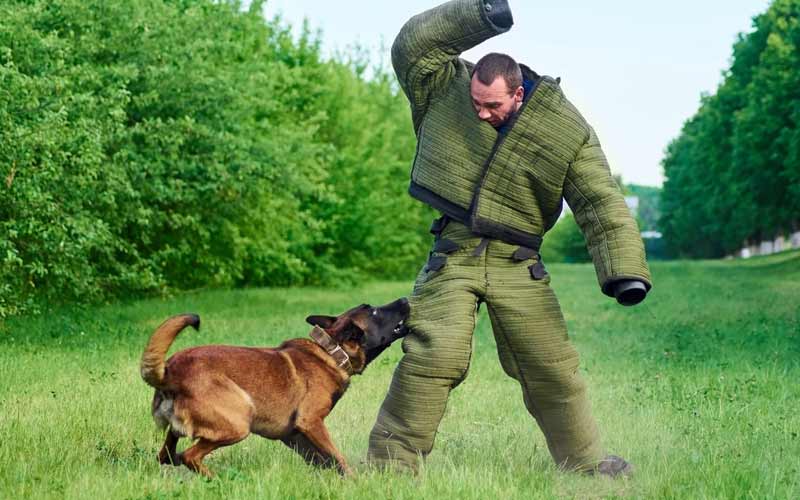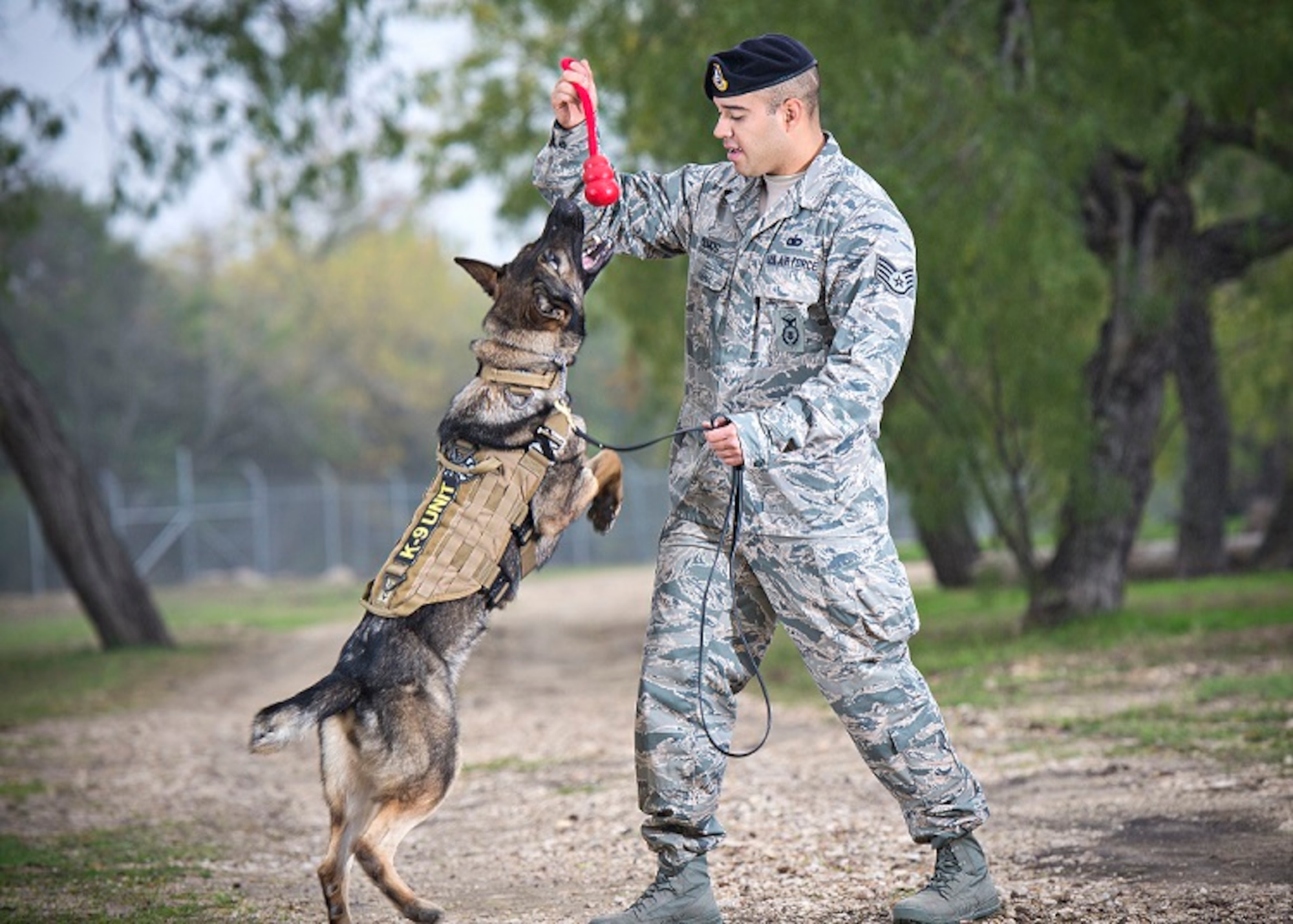Novice's Overview to Successful Pet Training at Home
Successfully training a canine at home requires a nuanced understanding of canine habits and effective communication methods. Establishing clear training objectives, utilizing high-quality incentives, and preserving consistency throughout family members are critical components. Incorporating training right into daily routines can enhance both engagement and retention.
Understanding Canine Behavior
Recognizing pet actions is important for effective training and cultivating an unified partnership in between people and their canine companions. Pets connect mostly with body movement, articulations, and faces, making it essential for owners to analyze these signals accurately. Recognizing actions such as tail wagging, roaring, or cring can supply insights right into a pet dog's emotional state and objectives.

Common behavioral problems, such as aggressiveness, anxiety, or too much barking, often originate from misconceptions or unmet requirements. Observing and dealing with these problems without delay can avoid acceleration and make certain a favorable training experience. By cultivating a deep understanding of pet habits, proprietors can customize their training approaches to suit their canine companions, eventually bring about a contented and well-behaved animal.
Essential Educating Devices
A well-appointed training room can considerably enhance the efficiency of canine training in your home. Vital training tools make sure that both the pet and the trainer can take part in effective sessions that foster knowing and bonding.

Investing in a tough leash and a comfortable, well-fitting collar or harness is vital for safety and security and control. These devices assist establish limits and ensure the pet remains safe throughout training. Additionally, a designated training location, devoid of disturbances, aids focus for both the pet and the fitness instructor.
Training aids such as training pads, cones, or dexterity tools can additionally improve the experience by introducing range and challenges. Having a note pad or digital application for tracking progress can be invaluable, enabling you to note successes and locations for improvement. Making use of these essential devices will develop a positive training environment and lay the foundation for effective discovering.
Producing a Training Regimen
Establishing a consistent training routine is necessary for reliable dog training in the house. A well-structured routine not only aids in reinforcing desired behaviors however additionally offers your pet with a complacency and predictability. To create an effective training regular, start by recognizing particular training objectives, such as fundamental commands, leash strolling, next or house-training.
Choose a marked time daily for training sessions, ideally when your pet dog is responsive and sharp. Sessions should be short, around 5 to 15 mins, to keep emphasis and prevent fatigue. Uniformity in timing and setting will certainly boost your pet dog's understanding experience.
Include training into daily tasks to reinforce skills. Method commands during walks or nourishment, which integrates finding out right into natural regimens. Furthermore, stay flexible and adjust the routine as needed, suiting your pet dog's energy degrees and state of mind.
Positive Reinforcement Strategies
Favorable reinforcement techniques are basic to look at here effective pet training, promoting wanted habits with rewards as opposed to penalty. This approach makes use of favorable stimulations, such as treats, praise, or play, to motivate dogs to duplicate certain activities. The cornerstone of this method is timing; rewards ought to be given right away following the desired habits to produce a clear organization.
When applying positive reinforcement, it is important to select rewards that are encouraging for your dog. High-value treats, such as small pieces of poultry or cheese, can be specifically effective during training sessions. Furthermore, differing the benefits can preserve your pet's rate of interest and enthusiasm.
Start with simple commands, like "sit" or "remain," and slowly development to extra complicated jobs. Consistency is vital; ensure that all household members use the very same commands and benefit systems to stay clear of complication.
Furthermore, it is crucial to remain individual and prevent irritation. Canines, like humans, find out at their very own speed. By cultivating a helpful training atmosphere with positive support, you can improve your canine's discovering experience while reinforcing the bond in between you and your hairy friend, preparing for successful training outcomes.
Usual Educating Difficulties
While educating a pet dog in your home can be a fulfilling experience, it usually comes with a set of usual challenges that can test both perseverance more tips here and consistency. One prevalent concern is disturbance. Pets might come to be quickly sidetracked by sounds, motions, or even aromas in their setting, making it tough to preserve their emphasis throughout training sessions.
One more obstacle is disparity in commands and reinforcement. If household participants make use of different cues or rewards, it can impede and puzzle the canine progress. Developing a unified strategy is necessary for efficient interaction.
Furthermore, dogs can experience disappointment or stress and anxiety, especially if they do not understand what is anticipated of them. This can bring about unwanted habits, such as eating or barking.
Ultimately, the timing of reinforcement is crucial (Dog training). Delayed rewards can decrease the effectiveness of favorable support, as pet dogs may fail to attach the habits with the reward
Overcoming these difficulties requires dedication, clear communication, and a structured training strategy. Acknowledging and attending to these common challenges will lead the way for a more satisfying and effective training experience in your home.
Verdict
To conclude, effective pet dog training in your home requires a thorough understanding of canine behavior and efficient communication strategies. By establishing clear training objectives and making use of top notch deals with together with favorable reinforcement, the training procedure comes to be much more fulfilling for both the instructor and the dog. Persistence, flexibility, and uniformity are necessary elements that help with learning. Inevitably, integrating training right into daily routines improves the bond between pet and owner, making the experience both pleasurable and effective.
Developing a consistent training routine is necessary for effective pet dog training at home.Favorable support methods are essential to efficient canine training, advertising desired actions through benefits instead than penalty (Dog training). By fostering an encouraging training environment through positive support, you can boost your pet's knowing experience while enhancing the bond in between you and your furry buddy, laying the foundation for successful training results
In final thought, effective pet training at home demands a detailed understanding of canine habits and efficient interaction strategies. By establishing clear training goals and making use of high-quality treats along with positive support, the training procedure ends up being extra gratifying for both the pet dog and the instructor.